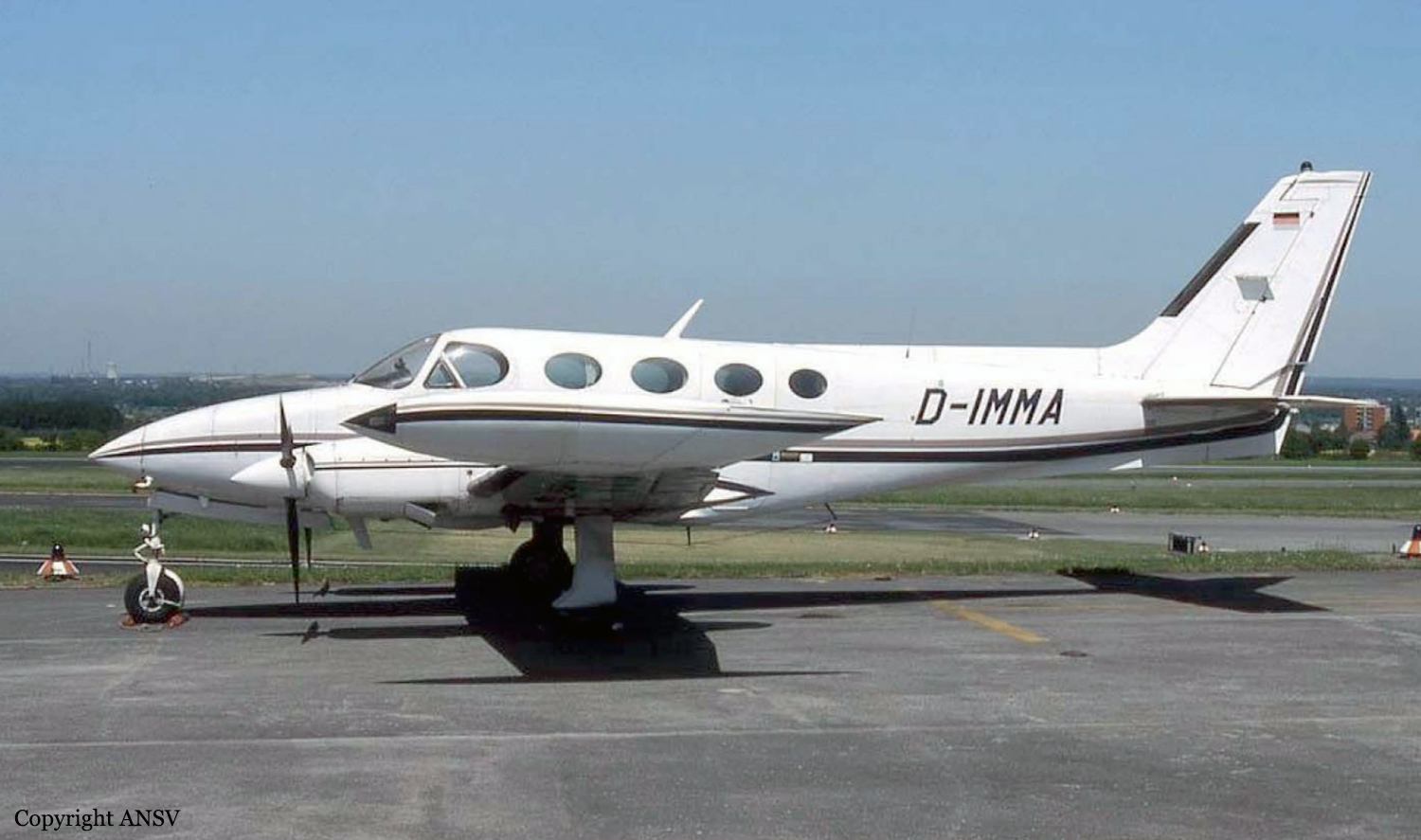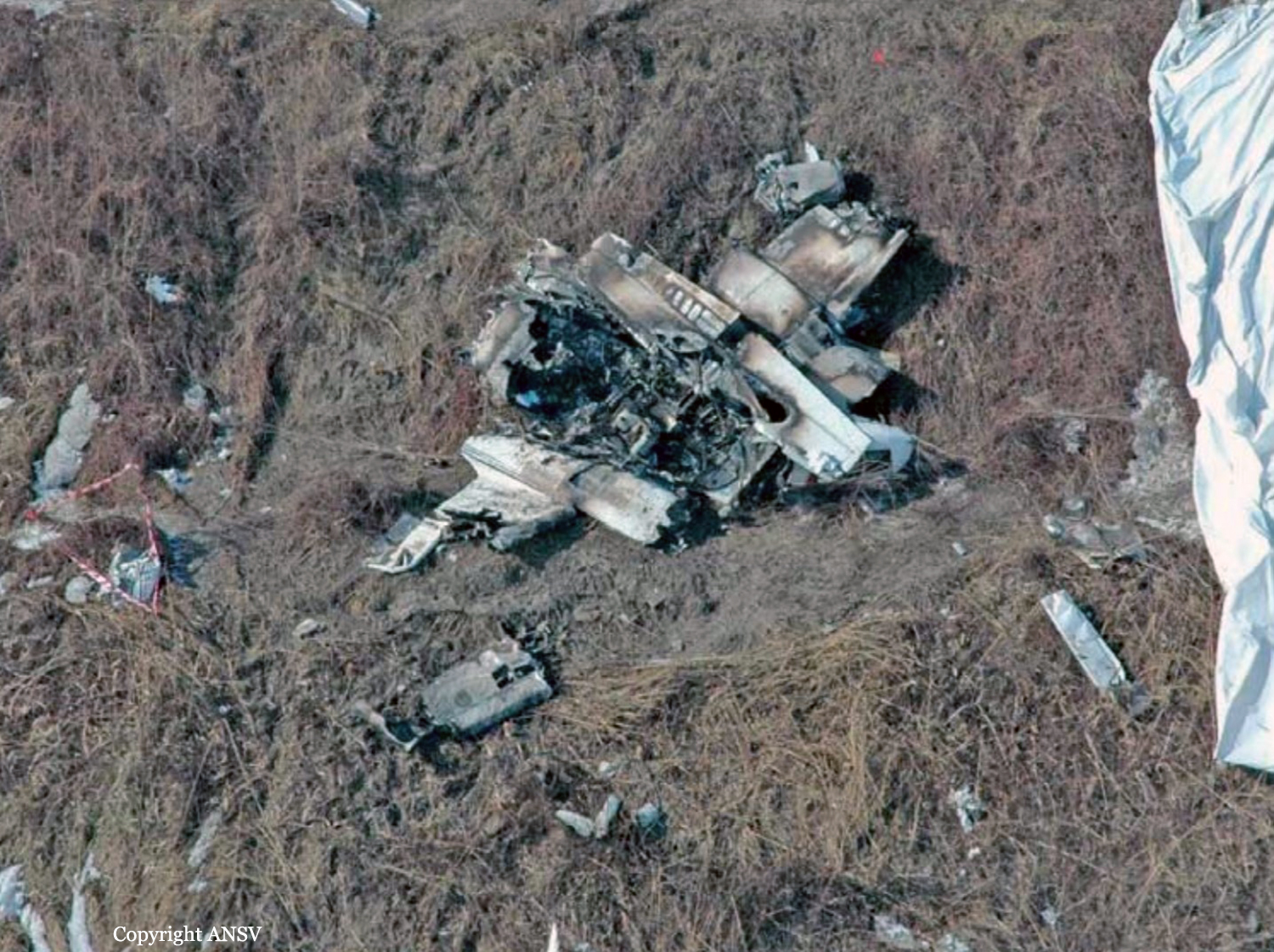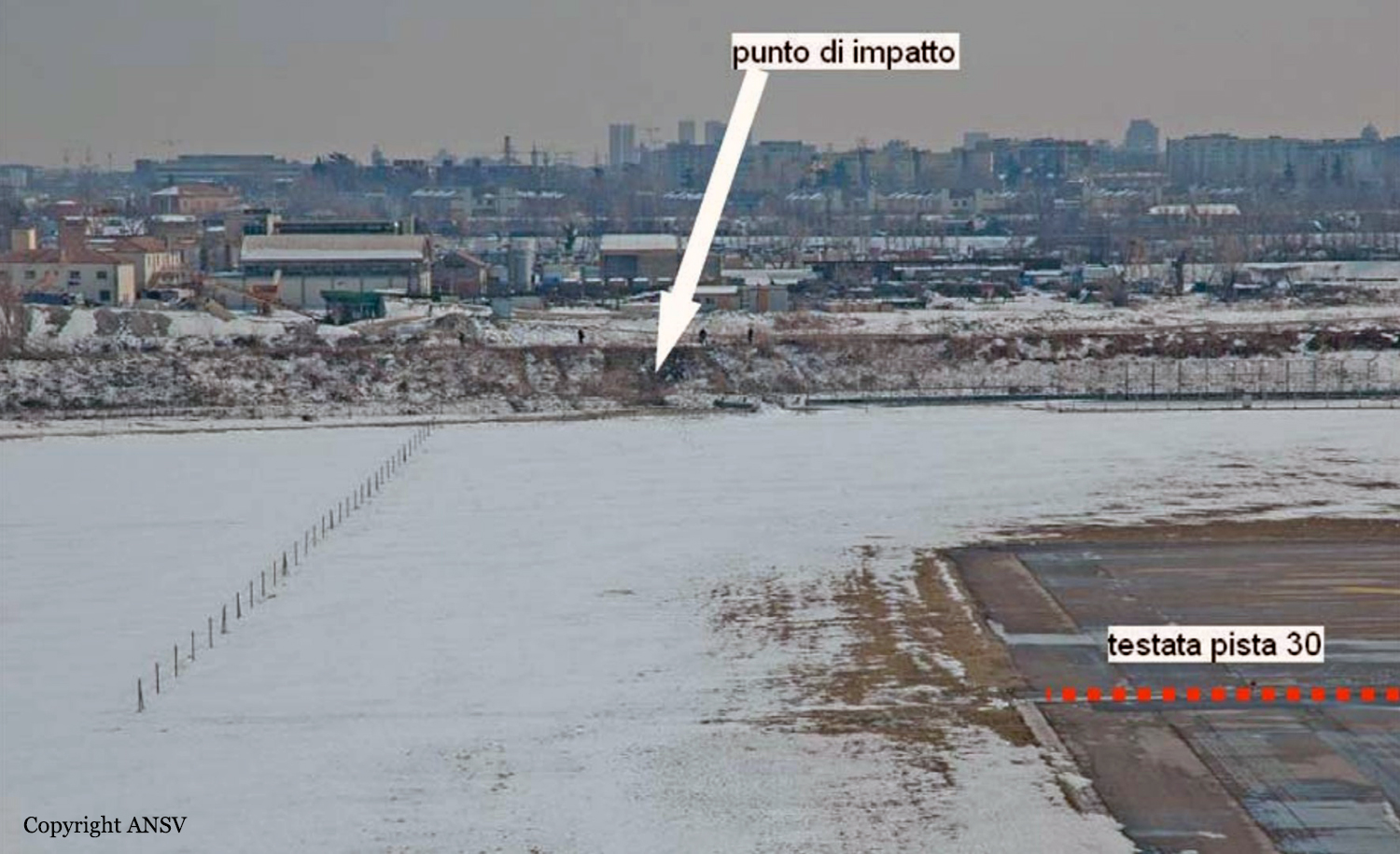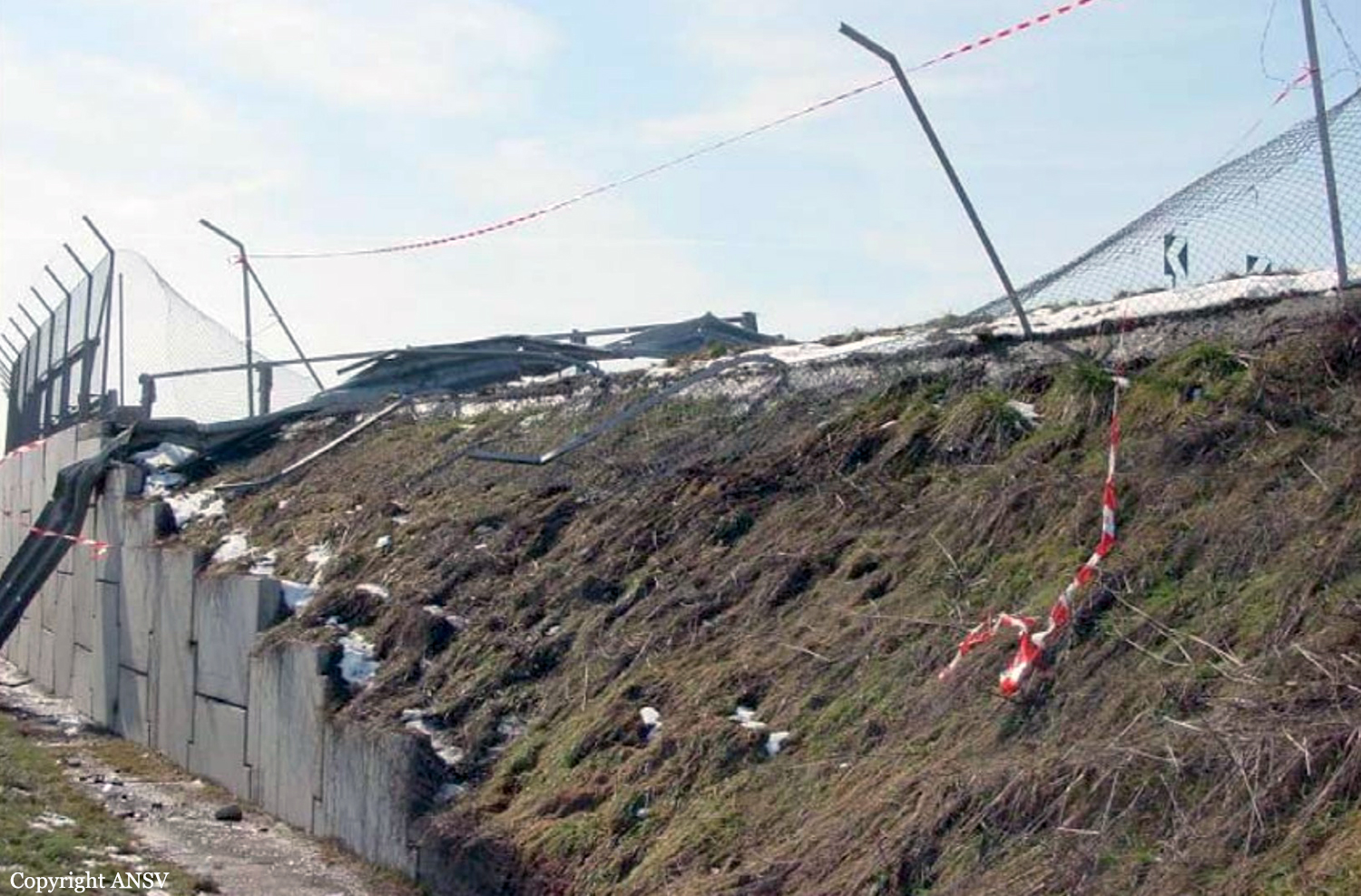Country
Crash of a Cessna 340A near Cabazon: 4 killed
Date & Time:
Feb 2, 2008 at 1340 LT
Registration:
N354TJ
Survivors:
No
Schedule:
Palm Springs – Chino
MSN:
340A-0042
YOM:
1976
Crew on board:
1
Crew fatalities:
Pax on board:
3
Pax fatalities:
Other fatalities:
Total fatalities:
4
Circumstances:
The airplane departed under daytime visual meteorological conditions on a cross-country flight from an airport on the east side of a mountain range to a destination on the west side of the mountains. The airplane, which had been receiving flight following, then collided with upsloping mountainous terrain in a mountain pass while in controlled flight after encountering instrument meteorological conditions. The controller terminated radar services due to anticipation of losing radar coverage within the mountainous pass area, and notified the pilot to contact the next sector once through the pass while staying northwest of an interstate highway due to opposing traffic on the south side of the highway. The pilot later contacted the controller asking if he still needed to remain on a northwesterly heading. The controller replied that he never assigned a northwesterly heading. No further radio communications were received from the accident airplane. Radar data revealed that while proceeding on a northeasterly course, the airplane climbed to an altitude of 6,400 feet mean sea level (msl). A few minutes later, the radar data showed the airplane turning to an easterly heading and initiating a climb to an altitude of 6,900 feet msl. The airplane then started descending in a right turn from 6,900 feet to 5,800 feet msl prior to it being lost from radar contact about 0.65 miles southeast of the accident site. A weather observation station located at the departure airport reported a scattered cloud layer at 10,000 feet above ground level (agl). A weather observation system located about 29 miles southwest of the accident site reported a broken cloud layer at 4,000 feet agl. A pilot, who was flying west bound at 8,500 feet through the same pass around the time of the accident, reported overcast cloud coverage in the area of the accident site that extended west of the mountains. The pilot stated that the ceiling was around 4,000 feet msl and the tops of the clouds were 7,000 feet msl or higher throughout the area. Postaccident examination of the airframe and both engines revealed no anomalies that would have precluded normal operation.
Probable cause:
The pilot's continued visual flight into instrument meteorological conditions and failure to maintain terrain clearance while en route. Contributing to the accident were clouds and mountainous terrain.
Final Report:

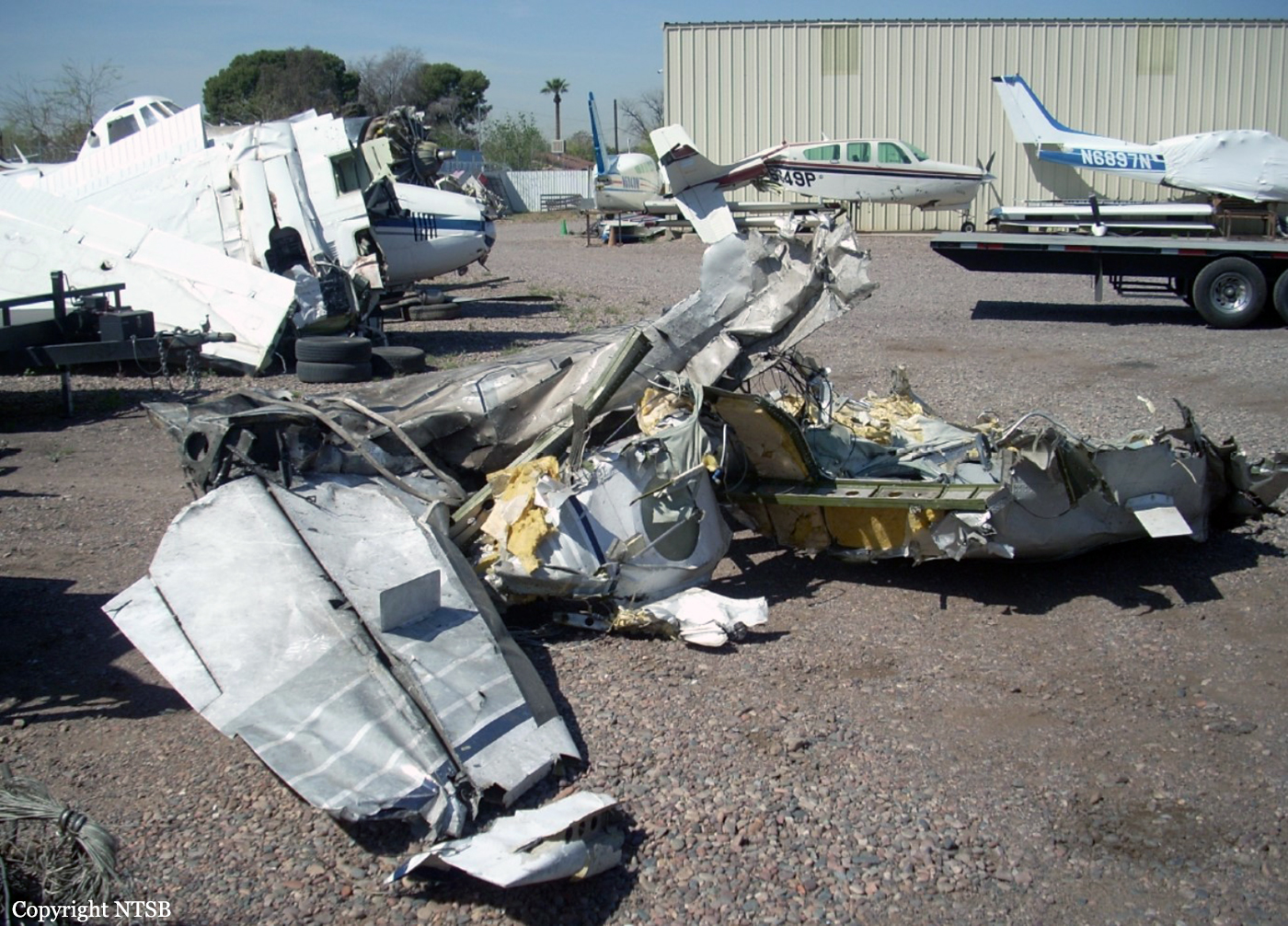
Crash of a Cessna 340 in Port Clinton: 4 killed
Date & Time:
Jan 12, 2008 at 1239 LT
Registration:
N2637Y
Survivors:
No
Schedule:
Mansfield - Port Clinton
MSN:
340-0013
YOM:
1971
Crew on board:
1
Crew fatalities:
Pax on board:
3
Pax fatalities:
Other fatalities:
Total fatalities:
4
Captain / Total hours on type:
13.00
Aircraft flight hours:
6820
Circumstances:
During the landing approach, a witness saw the twin-engine airplane slow and stall. The airplane crashed short of the runway, in a residential backyard. An airport manager flew with the pilot 8 days before the accident. The manager reported that during his flight the pilot flew the approach and landing with the aural stall warning horn activated. The manager advised the pilot of the aural warning, however no corrective action was taken by the pilot during that flight. An on-scene investigation revealed no preimpact mechanical anomalies. The pilot had about 12.6 hours of flight time in the accident airplane, of which 7.7 hours were dual instruction. Due to the lack of any mechanical problems with the airplane, the pilot's minimal experience in twin-engine airplanes, and his history of flying the airplane too slow, it is probable that he allowed the airspeed to decay below a safe speed, and inadvertently stalled it.
Probable cause:
The pilot's failure to maintain sufficient airspeed to avoid a stall during the landing approach.
Final Report:
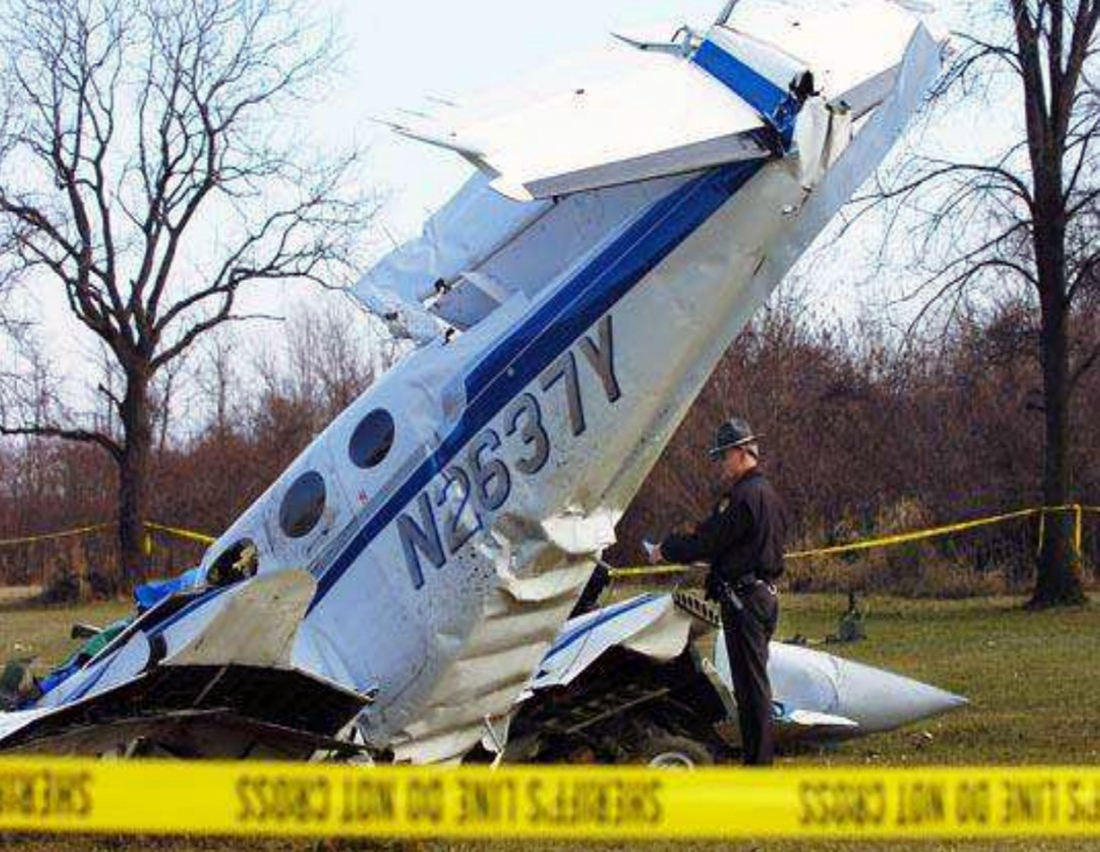
Crash of a Cessna 340 in Garberville: 3 killed
Date & Time:
Nov 6, 2007 at 0855 LT
Registration:
N5049Q
Survivors:
No
Schedule:
Redding – Garberville
MSN:
340-0016
YOM:
1971
Crew on board:
1
Crew fatalities:
Pax on board:
2
Pax fatalities:
Other fatalities:
Total fatalities:
3
Aircraft flight hours:
7691
Circumstances:
The pilot arrived in the vicinity of his destination airport, which was located in a narrow river valley. The airport was located within a large area of Visual Flight Rules (VFR) conditions with clear skies and almost unlimited visibility, but the pilot discovered that the airport was covered by a localized dense layer of fog about 200 to 250 feet thick. There were no instrument approaches to the non-controlled airport. Witnesses reported that the pilot flew at low-level up the valley, and eventually entered the fog as the flight approached the airport. About one mile prior to reaching the airport, the pilot attempted to climb out of the valley, but the airplane began impacting trees on the rising terrain. The airplane eventually sustained sufficient damage from impacting the trees that it descended into the terrain. Post-accident inspection of the airframe and engines found no evidence of a mechanical failure or malfunction.
Probable cause:
The pilot's intentional visual flight rules (VFR) flight into instrument meteorological conditions (IMC), and his failure to maintain clearance from the trees and terrain during climb. Contributing to the accident were the weather conditions of fog and a low ceiling, and the mountainous/hilly terrain.
Final Report:
Crash of a Cessna 340A in Chandler
Date & Time:
Jun 1, 2007 at 1600 LT
Registration:
N8688K
Survivors:
Yes
Schedule:
Chandler - Chandler
MSN:
340A-0619
YOM:
1978
Crew on board:
1
Crew fatalities:
Pax on board:
0
Pax fatalities:
Other fatalities:
Total fatalities:
0
Captain / Total hours on type:
62.00
Aircraft flight hours:
4790
Circumstances:
While on downwind the airplane experienced a loss of engine power and collided with houses and other obstacles during a forced landing on a residential neighborhood street. The pilot stated that he took off to troubleshoot a landing gear anomaly. He departed the airport area to the south. He cycled the landing gear and upon getting questionable indications in the cockpit of gear position he requested another aircraft confirm his landing gear configuration. Once he got the confirmation that all three wheels were down he proceeded back to the airport. About 2 miles away and approximately 1,800 feet agl the right engine began to lose power. He troubleshot the engine by attempting a restart, cycling the fuel pump off then on, and selected the right auxiliary fuel tank. The right engine did regain some power. He had lost some altitude during the process of troubleshooting the engine. He raised the landing gear to reduce drag, and entered right hand traffic for runway 17. At this point the left engine lost power, the airplane turned left, and he entered a descent to help maintain airspeed. He put the left propeller in feather, and switched to a new fuel tank, but the engine did not regain power. He did not have any altitude to exchange for airspeed and steered the airplane towards a clear residential street. The airplane impacted the roofs of at least two houses before colliding with the street. The pilot egressed through the rear of the airplane. An FAA inspector that examined the airplane wreckage stated that there was very little evidence of fuel onboard the airplane. The pilot stated that the left engine had failed due to fuel starvation and that he had fuel onboard but it was not in the right places.
Probable cause:
Fuel starvation due to the pilot's failure to adequately manage and monitor his fuel supply.
Final Report:
Crash of a Cessna 340A in Council Bluffs: 4 killed
Date & Time:
Feb 16, 2007 at 2104 LT
Registration:
N111SC
Survivors:
No
Schedule:
Fayetteville – Council Bluffs
MSN:
340A-0335
YOM:
1977
Crew on board:
1
Crew fatalities:
Pax on board:
3
Pax fatalities:
Other fatalities:
Total fatalities:
4
Aircraft flight hours:
6417
Circumstances:
The flight was on a VHF Omni Range (VOR) instrument approach to the destination airport at the time of the accident. Radar track data indicated that the airplane passed the VOR at 2,800 feet. After passing the VOR, it turned right, becoming established on an approximate 017- degree magnetic course. The published final approach course was 341 degrees. The airplane subsequently entered a left turn, followed immediately by a right turn, until the final radar data point. Altitude returns indicated that the pilot initiated a descent from 2,800 feet upon passing the VOR. The airplane descended through 2,000 feet during the initial right turn, and reached a minimum altitude of 1,400 feet. The altitude associated with the final data point was 1,600 feet. The initial impact point was about 0.18 nautical miles from the final radar data point, at an approximate elevation of 1,235 feet. The minimum descent altitude for the approach procedure was 1,720 feet. Review of weather data indicated the potential for moderate turbulence and low-level wind shear in the vicinity of the accident site. In addition, icing potential data indicated that the pilot likely encountered severe icing conditions during descent and approach. The pilot obtained a preflight weather briefing, during which the briefer advised the pilot of current Airman's Meteorological Information advisories for moderate icing and moderate turbulence along the route of flight. The briefer also provided several pilot reports for icing and turbulence. A postaccident inspection of the airframe and engines did not reveal any anomalies associated with a preimpact failure or malfunction.
Probable cause:
The pilot's continued flight into adverse weather, and his failure to maintain altitude during the instrument approach. Contributing factors were the presence of severe icing, moderate turbulence, and low-level wind shear.
Final Report:
Crash of a Cessna 340A in Charleston: 4 killed
Date & Time:
Dec 22, 2006 at 1335 LT
Registration:
N808RA
Survivors:
No
Schedule:
Rock Hill – Charleston
MSN:
340A-0796
YOM:
1979
Crew on board:
1
Crew fatalities:
Pax on board:
3
Pax fatalities:
Other fatalities:
Total fatalities:
4
Captain / Total hours on type:
129.00
Aircraft flight hours:
3828
Circumstances:
According to an airport employee at the Charleston Executive Airport (JZI), Charleston, South Carolina, the pilot contacted the JZI UNICOM radio frequency to request an airport advisory. The airport employee informed the pilot that the "winds were from 180 at 12 knots gusting to 17." The pilot then responded that he would be landing on runway 18, and was advised by the employee that there was no "runway 18." The pilot then stated that he would land on runway 27, and shortly thereafter said that he would land on runway 22. The employee said that out of curiosity he stepped outside to witness the approach of the airplane. He said that the airplane was southwest of the airport moving northeast perpendicular to runway 22, at an altitude of approximately 500 feet. He watched as the airplane was on a left base for runway 22. He said that the airplane overshot the runway and began a "tight, low right turn" away from the airport. Shortly thereafter, the airplane stalled and completed two revolutions before it was lost from his sight. Examination of the airframe, flight controls, engine assemblies and accessories revealed no evidence of a pre-crash mechanical failure or malfunction. A forensic toxicology test was performed on specimens from the pilot by the FAA Bioaeronautical Sciences Research Laboratory, Oklahoma City, Oklahoma. The specimens contained, Tramadol (also known by the trade name Ultram), which is used for the management of moderate to severe pain. The level of Tramadol found in the pilot's blood on post-mortem toxicology testing was at least twice that of maximal regular doses of the substance. Single doses have been shown to cause mild impairment of psychomotor abilities in healthy volunteers. Diphenhydramine was also found in the blood of the pilot. The pilot may have been impaired, at that time, due to the use of Tramadol or Diphenhydramine or both.
Probable cause:
The pilot's failure to maintain airspeed during a turn from base to final, resulting in an inadvertent stall/spin. Contributing to the accident was the impairment of the pilot due to the combination of drugs found in his toxicological report.
Final Report:
Crash of a Cessna 340A in Melbourne: 3 killed
Date & Time:
Mar 23, 2006 at 1057 LT
Registration:
N37JB
Survivors:
No
Schedule:
Jacksonville – Melbourne
MSN:
340A-0124
YOM:
1976
Crew on board:
1
Crew fatalities:
Pax on board:
2
Pax fatalities:
Other fatalities:
Total fatalities:
3
Aircraft flight hours:
3068
Circumstances:
A commercial pilot with two passengers on a business flight was arriving at the destination airport in a light twin-engine airplane. The air traffic tower controller advised the pilot to follow a slower airplane that was on base leg. The controller subsequently asked the accident pilot if he could reduce his speed,"a little bit." The accident pilot responded that he was slowing down. Less than a minute later, the controller told the accident pilot that he was cleared to land. The accident pilot's last radio transmission was his acknowledgement of the landing clearance. The controller stated that he did not see the accident airplane other than on the radar scope, but did see a plume of smoke on the final approach course for the active runway. Ground witnesses described the airplane as flying slowly with its wings wobbling, turn right, and dive into the ground. The majority of the airplane was consumed by a post crash fire. Inspection of the flight controls and engines disclosed no evidence of any preimpact mechanical problems. Low speed flight reduces the margin between a safe operating speed and an aerodynamic stall. Wing "wobble" at low speeds is often an indicator of an incipient aerodynamic stall. Toxicological samples from the pilot’s blood detected diphenhydramine (a sedating antihistamine commonly known by the trade name Benadryl) at a level consistent with recent use of at least the maximum over-the-counter dose. Diphenhydramine is used over-the-counter for allergies and as a sleep aid, and has been shown to impair the performance of complex cognitive and motor tasks at typical doses. The FAA does not specifically prohibit the use of diphenhydramine by pilots, though Federal Air Regulation 91.17, states, in part: "No crewmember may act, or attempt to act as a crewmember of a civil aircraft...while using any drug that affects the person's faculties in any way contrary to safety..."
Probable cause:
The pilot's failure to maintain adequate airspeed to avoid a stall during the final approach to land. Contributing to the accident was the pilot's impairment due to the use of a sedating antihistamine.
Final Report:
Crash of a Cessna 340 in Bangalore
Date & Time:
Jul 16, 2005 at 1150 LT
Registration:
N888HB
Survivors:
Yes
MSN:
340-0101
YOM:
1972
Crew on board:
2
Crew fatalities:
Pax on board:
0
Pax fatalities:
Other fatalities:
Total fatalities:
0
Circumstances:
Shortly after takeoff from Bangalore-Jakkur Airport runway 08, while in initial climb, the aircraft suffered an engine failure. It stalled and crashed in shallow water in Jakkur Lake, about one km northeast of the aerodrome. Both pilots were rescued and the aircraft was damaged beyond repair.
Probable cause:
Engine failure for unknown reasons.


Crash of a Cessna 340A in Bologna: 5 killed
Date & Time:
Mar 3, 2005 at 1726 LT
Registration:
D-IMMA
Survivors:
No
Schedule:
Bologna - Forli
MSN:
340A-1205
YOM:
1981
Crew on board:
2
Crew fatalities:
Pax on board:
3
Pax fatalities:
Other fatalities:
Total fatalities:
5
Captain / Total hours on type:
200.00
Aircraft flight hours:
3041
Circumstances:
The twin engine aircraft departed runway 12 at a speed of 112 knots following a longer than normal takeoff course. After rotation, it encountered difficulties to gain sufficient height when it successively collided with the airport perimeter fence and an embankment located about 150 metres from the runway 30 threshold. The aircraft crashed and was totally destroyed by a post crash fire. All five occupants were killed.
Probable cause:
It was determined that the crew failed to proceed to a proper inspection prior to departure and did not realize that the aircraft (wings, tail and fuselage) was contaminated with frost. This caused the aircraft to be unable to gain sufficient height after rotation as the aerodynamic properties were altered. The fact that the total weight of the aircraft was above the MTOW and the CofG was near the permissible limit was considered as a contributing factors.
Final Report:
